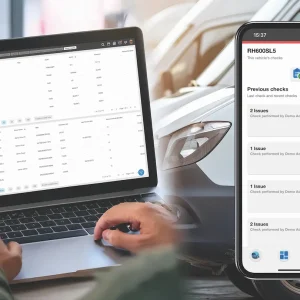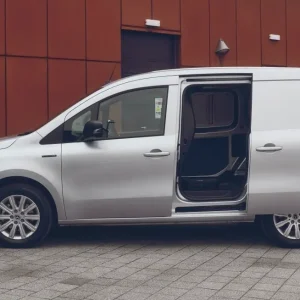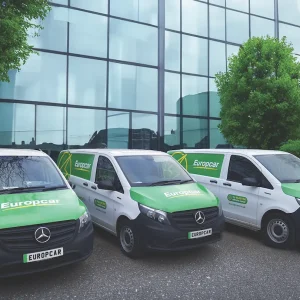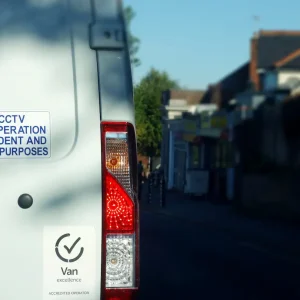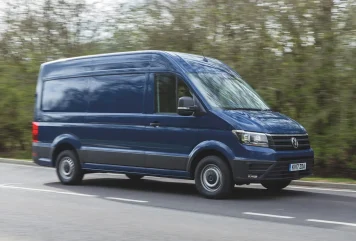
It is fair to say that when the Crafter’s forebear the (second generation) LT was jointly developed with the Mercedes-Benz Sprinter, it represented a huge step forward from the original LT – dating right back to 1975 – and the equally ancient Mercedes offerings. The Sprinter and LT allowed head-on competition with Ford and Citroen-Peugeot for these German marques. By 2006, when the Crafter name was adopted for the third generation LT, Volkswagen had also put some space between it and the Sprinter in terms of model-mix, engine offerings and cab specification.
The myriad Crafter models run across all three drivetrain options of front, rear and four-wheel drive, offer wheelbase lengths allied to short or long rear overhangs in combination with different roof heights. Although not a complete mix ‘n’ match – as lengths and roof heights are in certain combinations with front or rear-drive layouts having an effect too – there is certainly a Crafter for every trade or application.
This means overall lengths from just under 6.0 to over 7.0 metres, a width of almost 2.5 metres across the mirrors and standing almost 2.8 metres tall with the highest roof option. This is a big van which needs to be considered for parking on a domestic driveway or accessing underground or covered parking areas at site. The pay-off is in load lengths from 3.4 to 4.8 metres, widths of 1.8 metres at maximum with almost 1.4 metres between the wheelarches and internal heights from 1.7 metres to almost 2.2 metres. That gives load volumes from 9.2 to 16.4m3.
Before stacking it to the roof, however, consider that payloads in the bigger bodies are moderate in 3.5-tonne models – although the Crafter is available at up to 5.0-tonnes GVM. For the 3.5-tonne versions, however, payloads can be up to 1,250kg, but for long wheelbase high roof models with their ample kerb weight, it can be as low as 1,040kg. The lesser powered front-drive vans will tow 2,500kg, most rear-drive models can pull 3,500kg but, perversely, the 4WD models only tow 3,000kg – due to greater kerb mass eating into the train weight.
Pulling all this along is Volkswagen’s proven 2.0-litre TDI unit. Here, it comes in a choice of four power outputs, from 102hp with 300Nm of torque in the front-drive models only, 122hp and 300Nm offered across the majority of variants along with the 140hp/340Nm version which is entry level on rear drive chassis and the 177hp twin-turbo derivative giving 410Nm for high weight twin rear-wheel versions and AWD. Standard transmission is a six-speed manual. It’s good, but the optional eight-speed automatic is worth seeking out for better motorway cruising ratios and ease in traffic.
When it comes to kit, the Startline gets the ball rolling with a single side loading door, dual passenger seat with storage beneath an adjustable steering column and central locking. The more desirable Trendline has cruise control, 8in touchscreen DAB radio, multi-function steering wheel and wood lining on the load floor up for grabs. However, it’s what all Crafters have as standard that marks them out. Great build quality, strong engines and long-distance comfort.
Plus: Great to drive, excellent comfort, strong engines.
Minus: Cab storage not hidden, MPG trails rivals, drive options can limit payload.
| Version | Plate | Year | Mileage | Price (ex VAT) |
| LWB RWD HR Trendline | 19 | 2019 | 60,000 | £16,495 |
| MWB FWD HR Trendline | 20 | 2020 | 33,500 | £18,695 |
| LWB RWD HR Startline | 71 | 2021 | 44,000 | £19,995 |
| MWB FWD HR Startline | 72 | 2022 | 18,200 | £24,995 |
| MWB FWD HR Trendline | 73 | 2023 | 3,000 | £31,595 |

